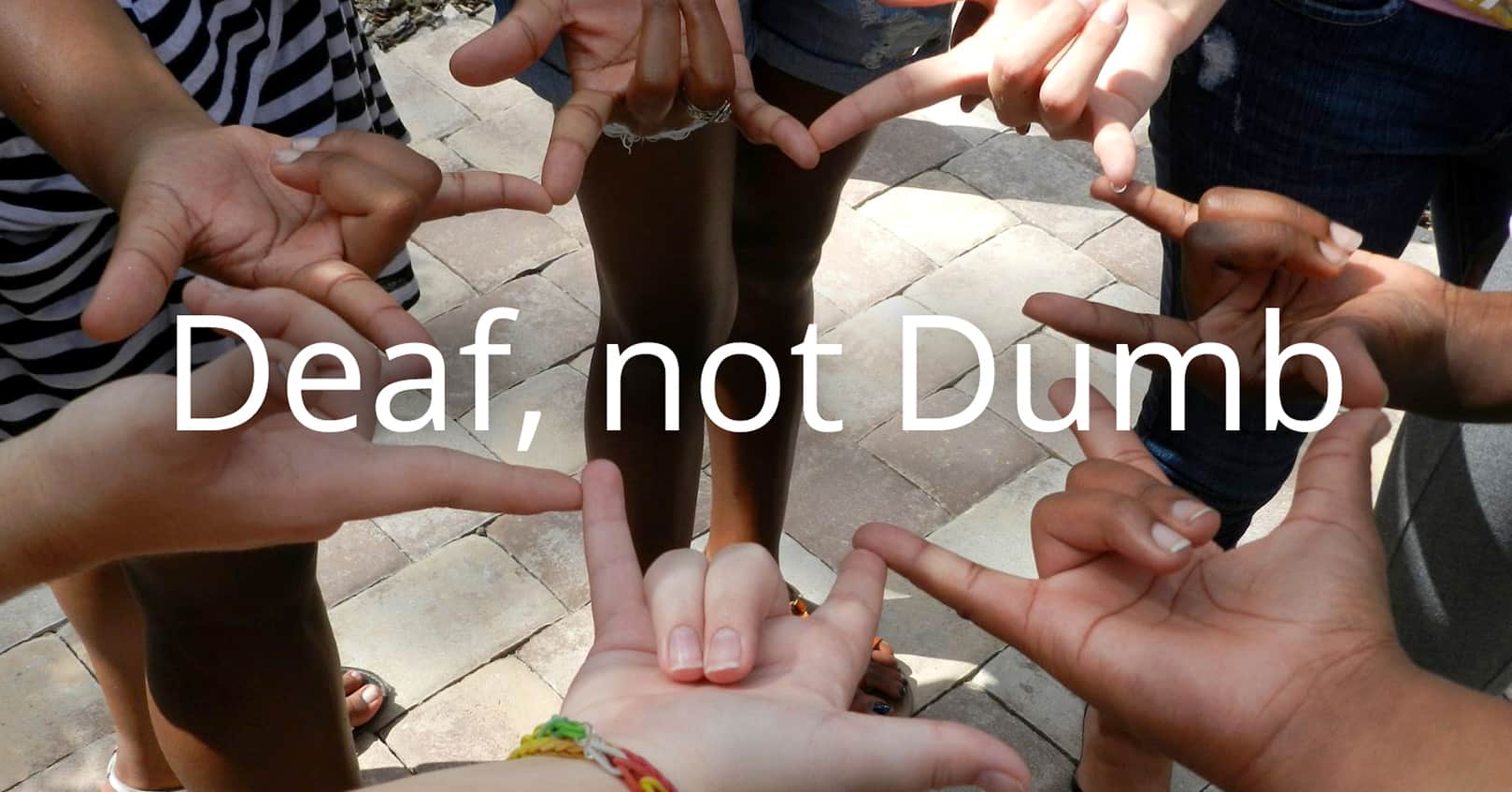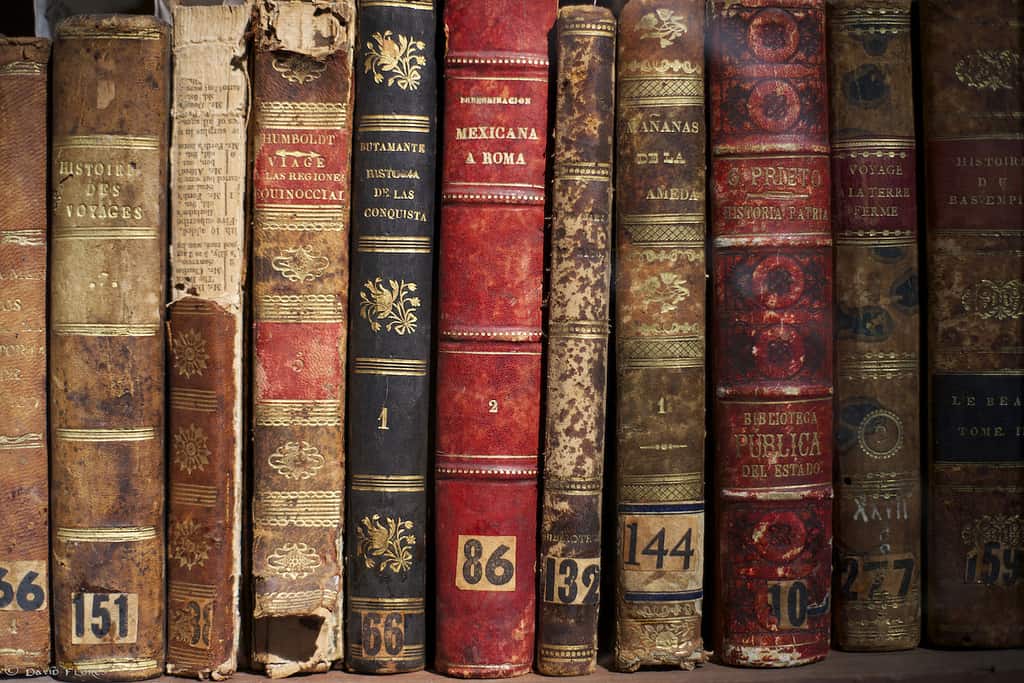
To me, one of the best things about reading is being submerged in an unfamiliar world, learning new things, and experiencing situations that can help me relate to others. Since September is Deaf Awareness Month, and the International Week of Deaf People is 19–25 September, let’s chat about the evolution of the portrayal of deaf people in literature and what insights we can gain. There are over twenty million people in the US alone who are hard of hearing.
When I wrote a Deaf heroine for my romantic suspense novel, Submerged Hopes, I was intrigued by the idea that a hindrance which she struggled with day to day could be an asset while diving. Though I have several family members who became deaf later in life, they don’t identify as Deaf. (Deaf with a capital D refers to people who identify with Deaf culture. They often sign, but not always. When the word is spelled in lowercase, it refers to the hearing loss itself. Thus, my father is deaf but not Deaf.) So, to write an accurate, sensitive portrayal, I did a lot of reading and research, to avoid falling into the trap of “inspiration porn,” in which a disabled character is objectified as a saint or an object of pity, used to highlight the nobility of others who help them, with the hearing loss treated as a tragedy.
Writing the point of view of a non-hearing heroine made me realize not only all the day-to-day little sounds I take for granted, but the difficulties people with hearing loss face in communicating. I’m profoundly grateful to my Deaf beta readers for their help with the story.
In ancient times, deafness was seen as a sign of God’s anger or proof of mental deficiency; Aristotle wrote, “The deaf are born incapable of reason.” Of course, we now know that Deaf people don’t have mental deficiencies, yet apparently they are still often told, “You don’t look deaf,” or “You speak really well for a Deaf person.” The term “hearing-impaired” is also offensive because it implies that something is wrong with the person, or the person is less than, rather than being a person who simply has difficulty communicating in the language employed in some situations—just as most hearing people would be lost in a room full of people speaking in sign language.
The earliest English language depiction of a deaf character was The History of the Life and Times of Mr. Duncan Campbell, published in 1735 under the name of William Bond, but thought to be the work of Daniel Defoe. Unfortunately, the deaf character is given magical powers of prediction to compensate, which was not an unusual device back then but has the effect of minimizing the impact of the communication issue. However, even in the last decade, characters have been treated this way, such as being “able to hear with their skin.”
Hearing loss can be early or late, and can be caused by a myriad of factors, from systemic illness like infections to problems with the ear itself, and the age of hearing loss not only affects how difficult it is to learn to speak and read lips, but also can mean trouble with social development. My teen-deafened heroine, Nerissa, had a period of angry rebellion in response to her sudden hearing loss, which is not uncommon, and was pulled out of school for private tutoring. The Silence Between Us by Alison Gervais and You’re Welcome, Universe by Whitney Gardner both explore the difficulties deaf people might have in a school.
Families vary widely in their acceptance and willingness to learn sign language. A CODA is a Child of Deaf Adults, and a SODA is a Sibling of a Deaf Adult. My hero, Nick, is a SODA whose family was supportive of his Deaf younger sister, while Waiting for a Sign by Etsy Schachter depicts a family who are not accepting. Sister and Brother by Agneta Pleijel also examines a sibling relationship between the famous deaf painter, Albert Berg, and his younger hearing sister, and shows how deaf people were treated.
One of the most famous deaf characters is that of Quasimodo in Victor Hugo’s The Hunchback of Notre Dame. He is “late deaf” from the bells, as opposed to “early deaf.” This means that he had the benefit of learning to speak, but he is treated as a symbol of the alienation and isolation that comes from the inability to communicate. Chaucer did the opposite in The Canterbury Tales with a story about Alison, a woman who was deafened by spousal abuse, but remains rather jolly.
Over time, literature began to portray deaf characters as people more than symbols and reflected the prevailing attitudes. In the late nineteenth century, the emphasis in the US was on “assimilation” which meant learning to read lips instead of encouraging children to use sign language. Deeane Gist’s 2013 historical novel It Happened at the Fair gives a good feeling for the controversy at the time of the Chicago World’s Fair in 1893, as well as the prejudices that people with hearing loss faced. Even now, there can be tension among the “oralists” who favor lip reading over sign language, versus the “manual” adherents, who favor sign language.
Sign language takes years to learn, so not all Deaf people sign. Sign language is unique to the country a person dwells in; it’s not universal. In Submerged Hopes, Nerissa learns ASL (American Sign Language) instead of Greek Sign Language because her dream was to travel the world as an archaeologist, and her tutor told her that ASL was “the language of science.” When a person interprets sign language from a Deaf speaker, they are said to “voice” or interpret from them, not translate.
For some people, hearing aids can be helpful, but they don’t work for everyone—it’s the same for cochlear implants. How a person manages hearing loss is highly personal, so it’s intrusive and insulting to say, “Why don’t you just get implants / hearing aids / learn to read lips?” which implies that the Deaf person is incapable of considering their options and should do the changing to make it easier for the Hearing person, and statements like these are something Nerissa hears from a suitor.
Lip-reading is hard, and depending on the language, even best-case scenario, only about thirty percent of what is said can be picked up, because the rest of the sounds are formed inside the mouth or the throat, and thus not visible. It also depends on lighting, and also the ambient noise if a person is partially deaf. This is Kind of an Epic Love Story by Kherin Callender is about a young man deafened as a preteen who has a hard time reading lips, and is more accurate than the Deaf characters who, just a few years after losing their hearing, can read lips perfectly—in three languages, no less!
What can we learn from this? If one is talking with a deaf person, look directly at them, but don’t exaggerate facial movements or “rubber lip”—it’s as offensive as speaking English louder to someone who doesn’t understand the language, and it doesn’t help. Lip-reading is difficult enough that some Deaf people wear buttons which note that they don’t hear, to clue in people to speak clearly and face-on. Of course, now the use of masks with the Covid-19 outbreak has made life much more difficult for Deaf people who relied upon lip reading. There are some who are now making clear masks to try to get around this.
What’s the best way to interact with a Deaf person? First and foremost, remember that they are a person, and the hearing loss is only a small part of who they are.
Have you read any good books featuring a deaf character? Let me know in the comments below!
Happy reading.

















Comments